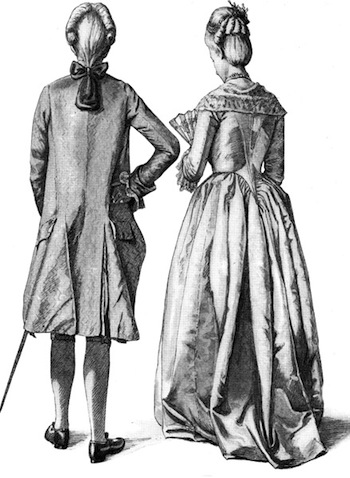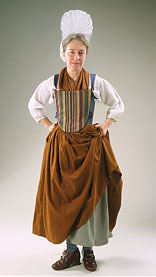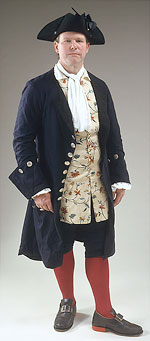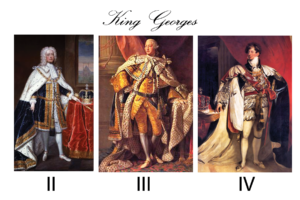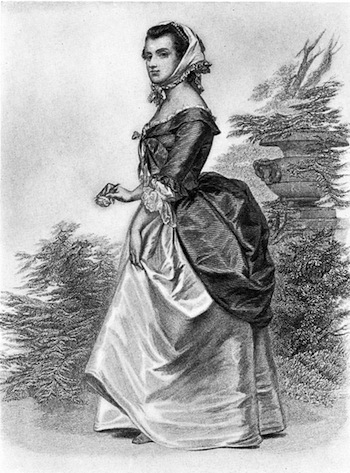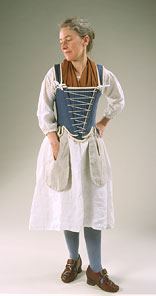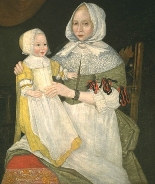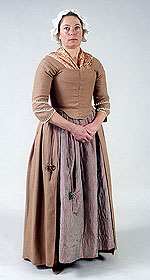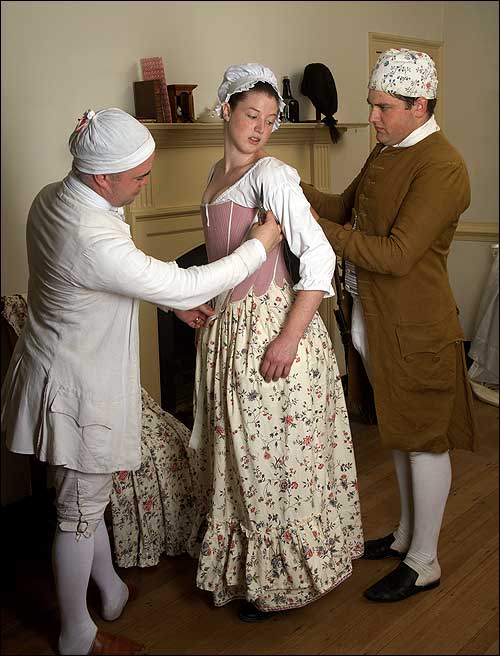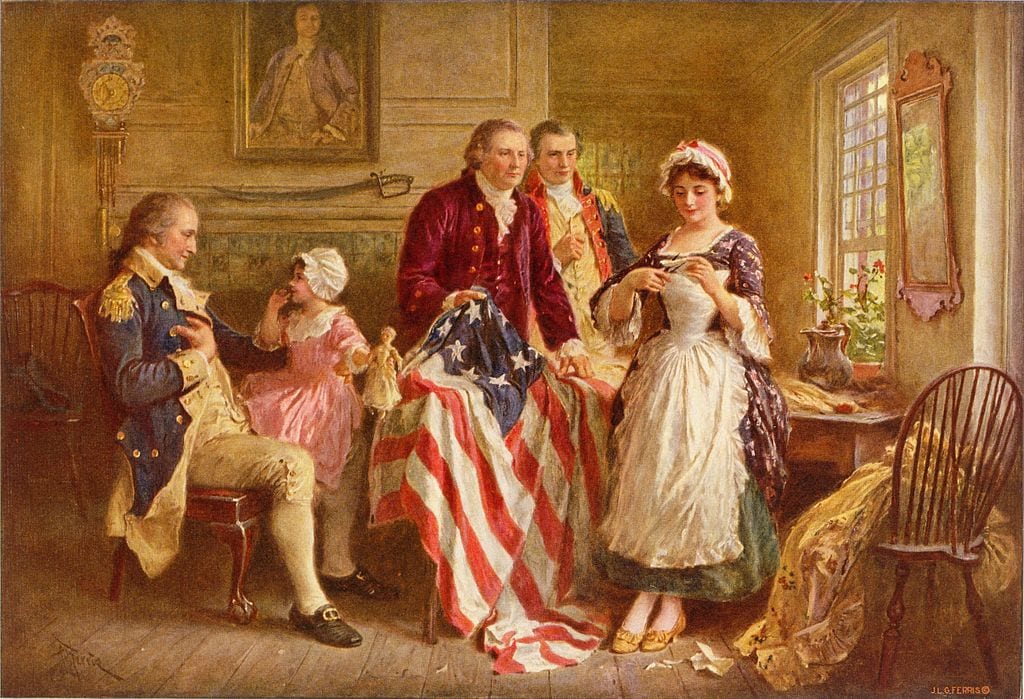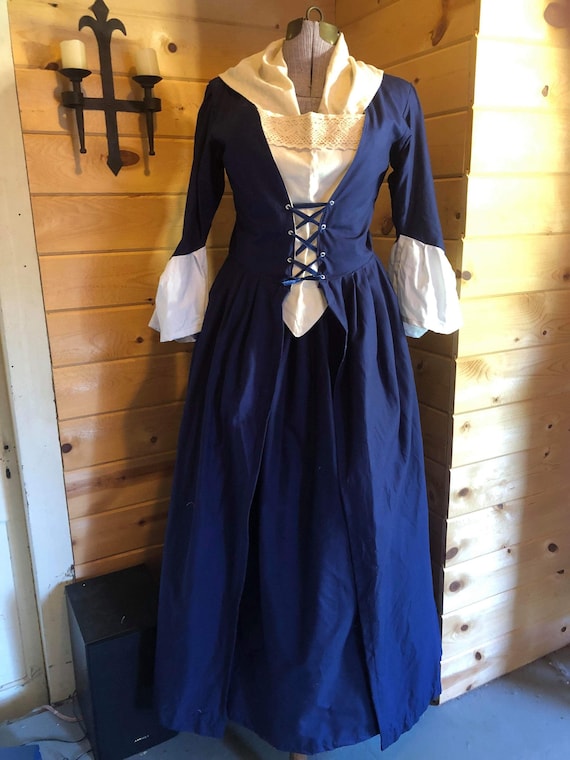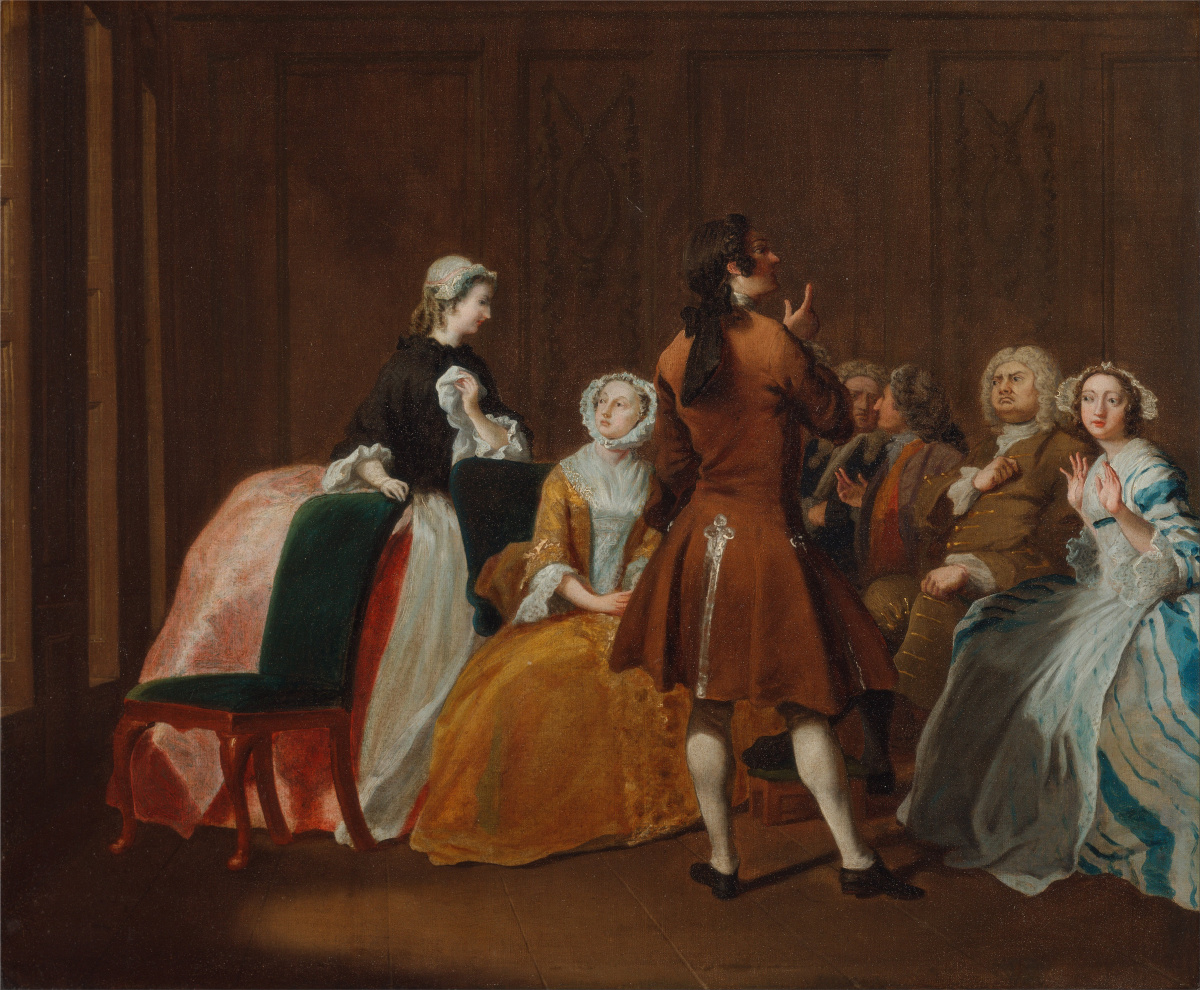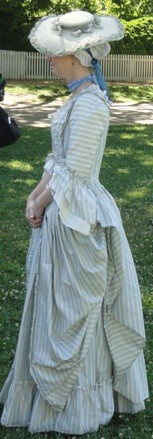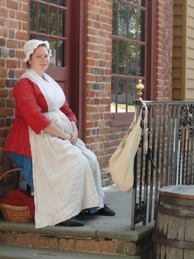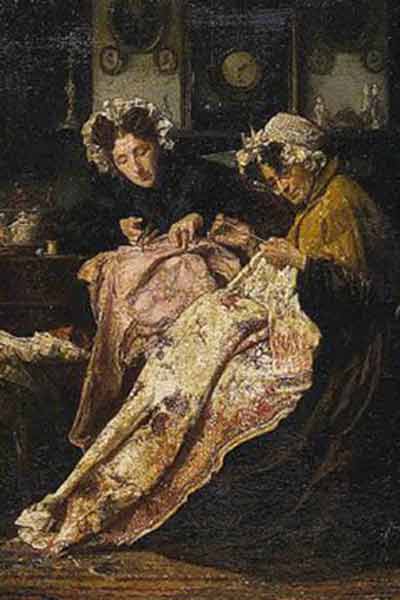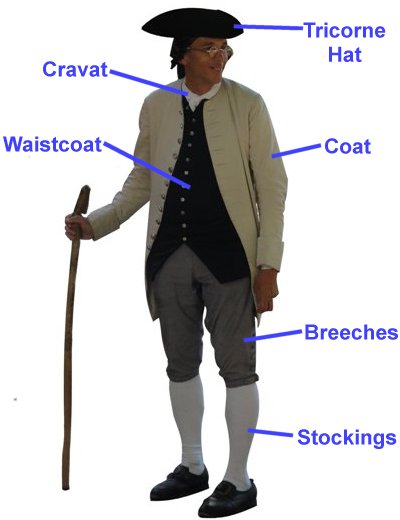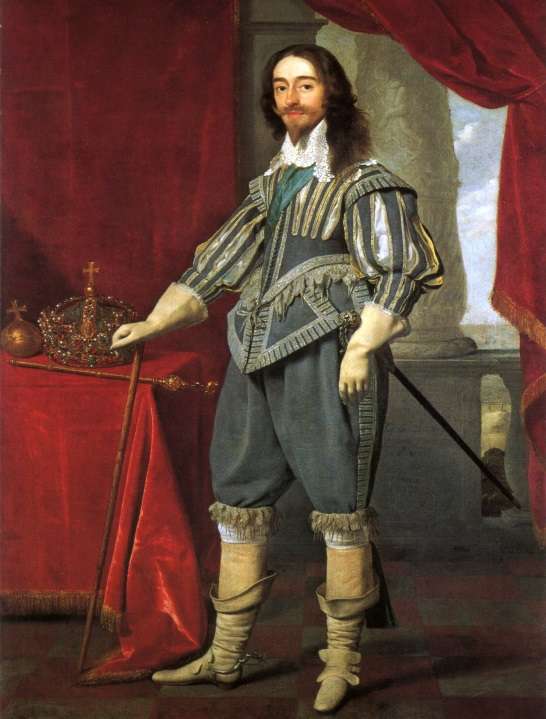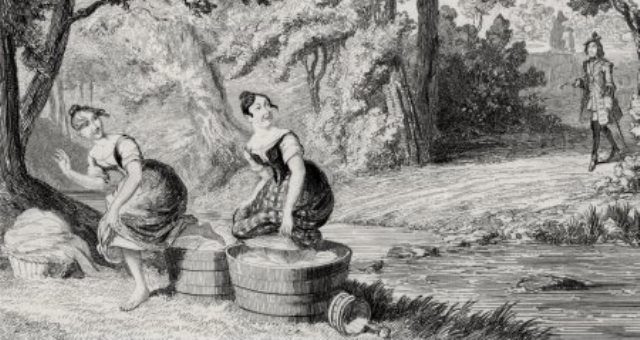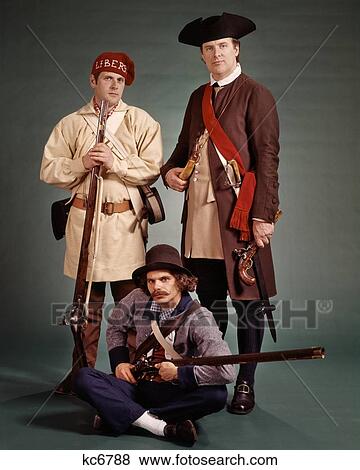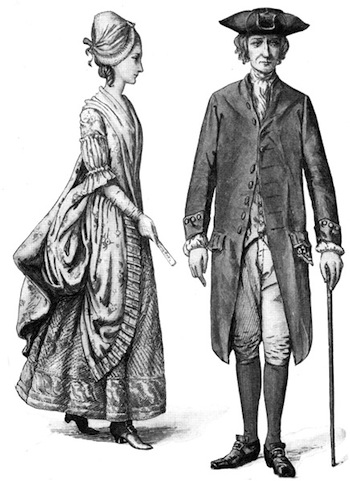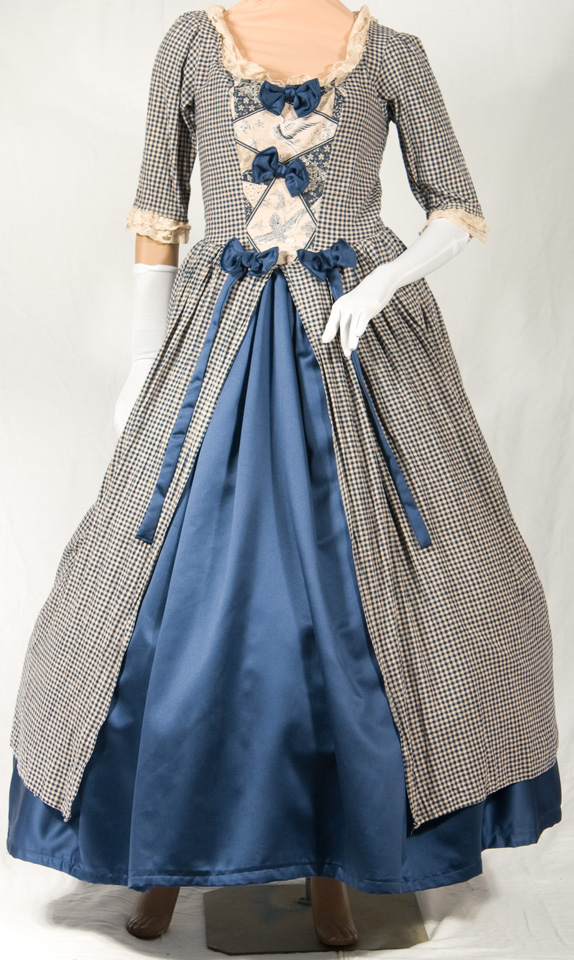Colonial American Clothing 1700s
Actions toward indians were deplorable but were rarely if ever genocidal.
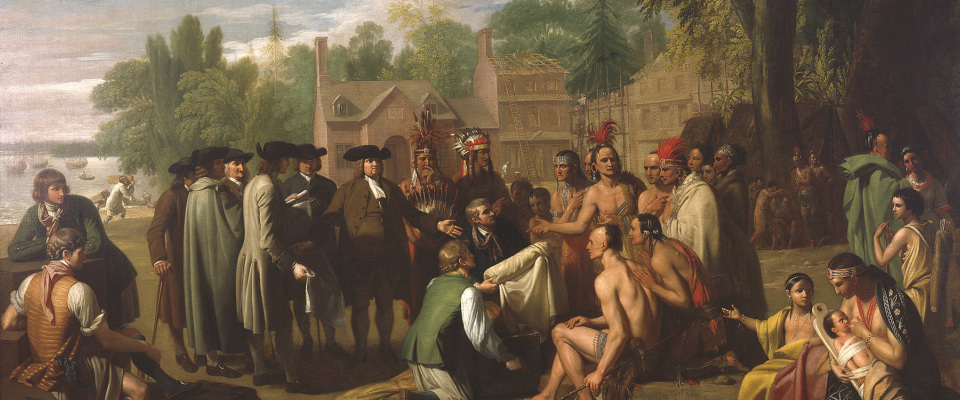
Colonial american clothing 1700s. Made in england for the american market. African american skepticism about the medical establishment and reluctance to participate in medical research is an unfortunate result. Colonial american cranberry apple crisp. The issue of genocide and american indian history has been contentious.
Wigs became very popular during the 1700s. Colonial men often wore wigs and hats. Late in the 1700s boys. Many writers see the massive depopulation of the indigenous population of the americas after 1492 as a clear cut case of the genocide.
Ending friday at 630pm pdt 20h 8m. Many men also wore hats. Wealthy men would sometimes wear giant wigs with long hair and curls. Other writers however contend that european and us.
Slaves were for the rich however and the average small farmer generally couldnt afford a slave. Shipwreck 1700s spanish silver 8 real cob coin found on florida beach. One of her goals in writing this book aside from documenting a shameful past is to convince them that they must participate actively in therapeutic medical research especially in areas that most affect their. 3 cups apple slices 2 cups whole fresh or frozen cranberries 2 tablespoons honey 13 cup butter or margarine 1 cup rolled oats 12 cup whole wheat flour 12 cup brown sugar 12 cup chopped nuts 12 tsp.
To a significant extent disagreements about the. The most popular type of hat was the tricorne hat which was folded up on three sides to make it easier to carry. If you expand the definition just a bit you could also include earlier explorers and conquistadors. They would powder the wigs to give them a white color.
Interesting facts about daily life on the farm in colonial times. The first settlers didnt own slaves but by the early 1700s it was the slaves who worked the fields of large plantations. In the competitive furniture business cabinetmakers organized as early as the 1700s to set prices and negotiate wages and working conditions. In the late 1700s increasing prosperity and demand for consumer goods meant skilled craftsmen played a vital role in the economy of the new nation.






